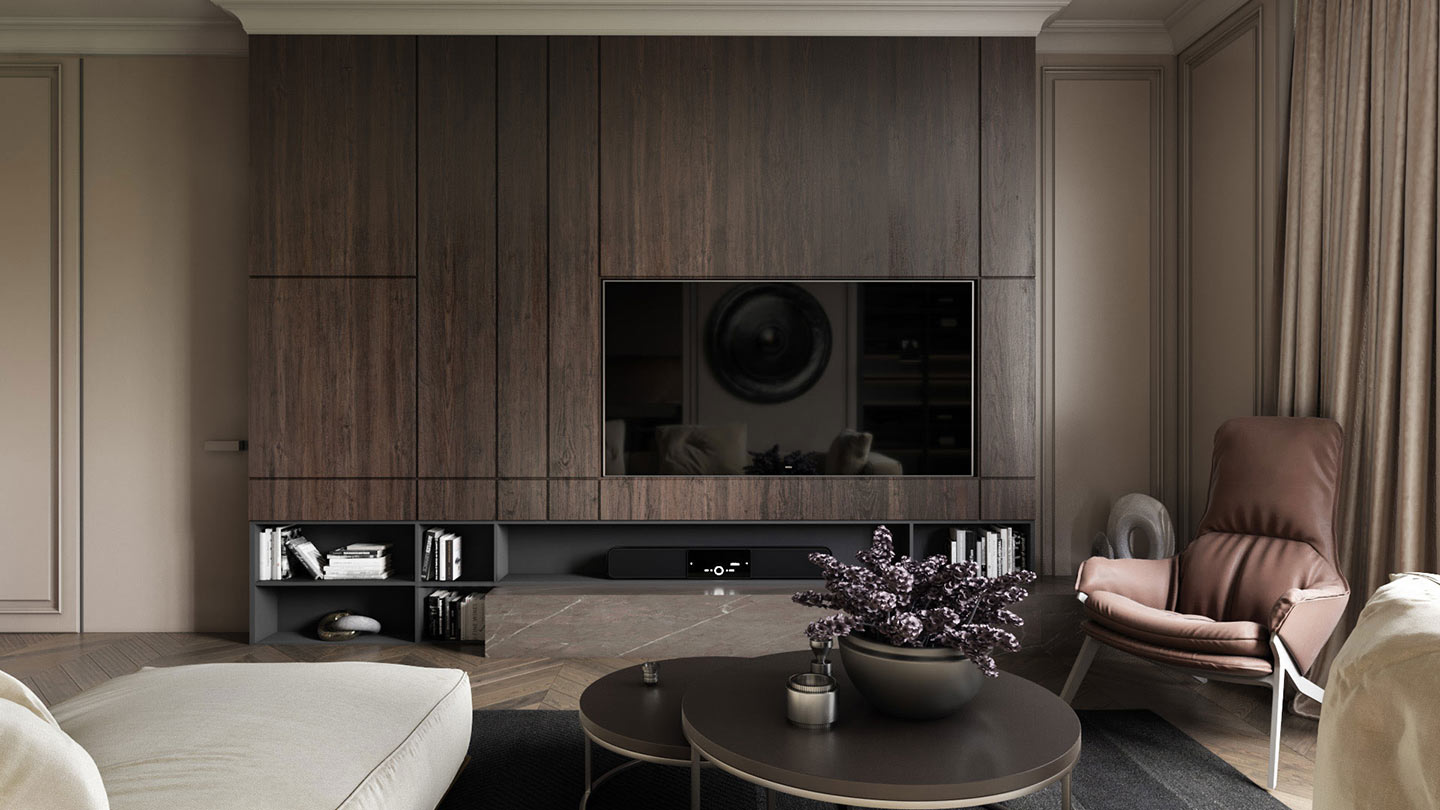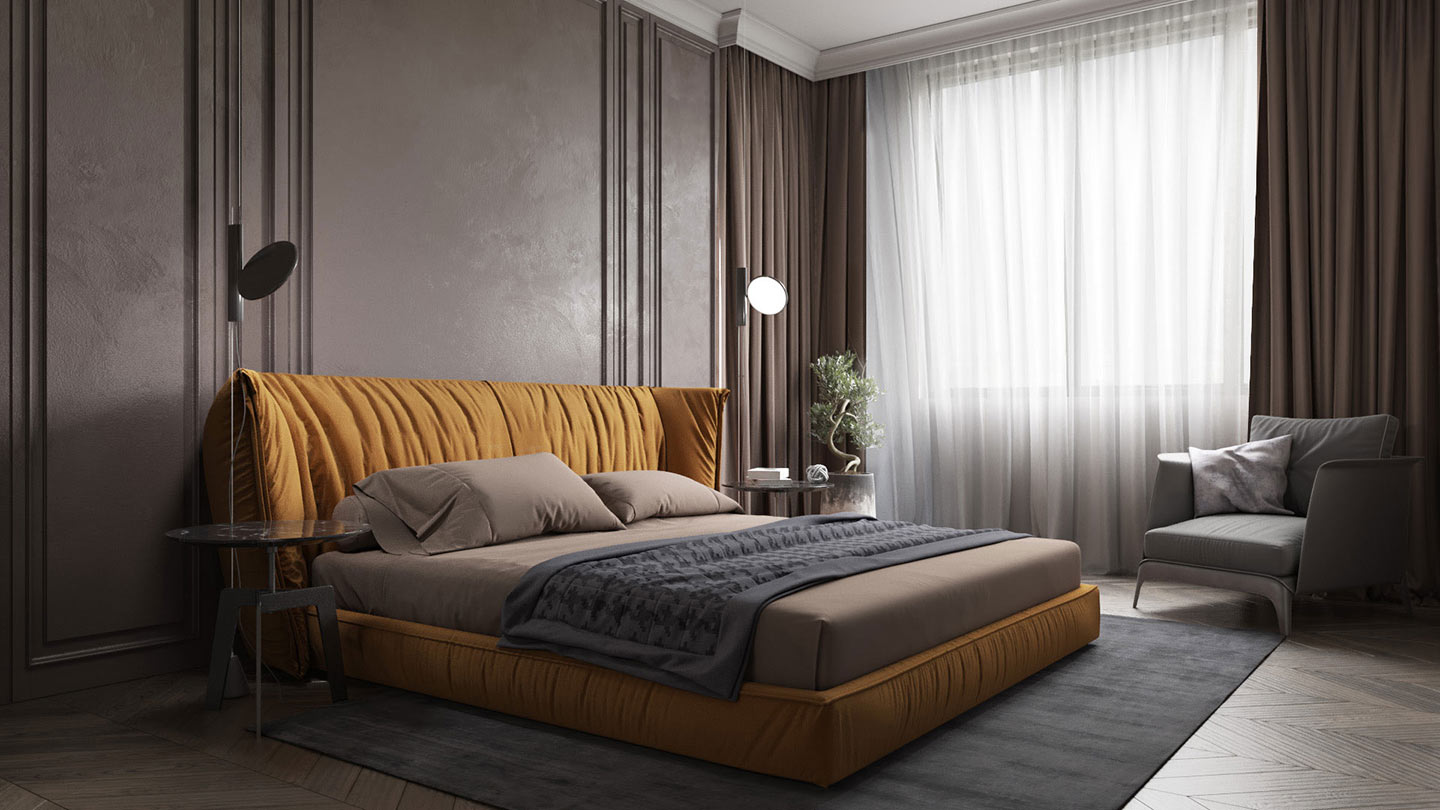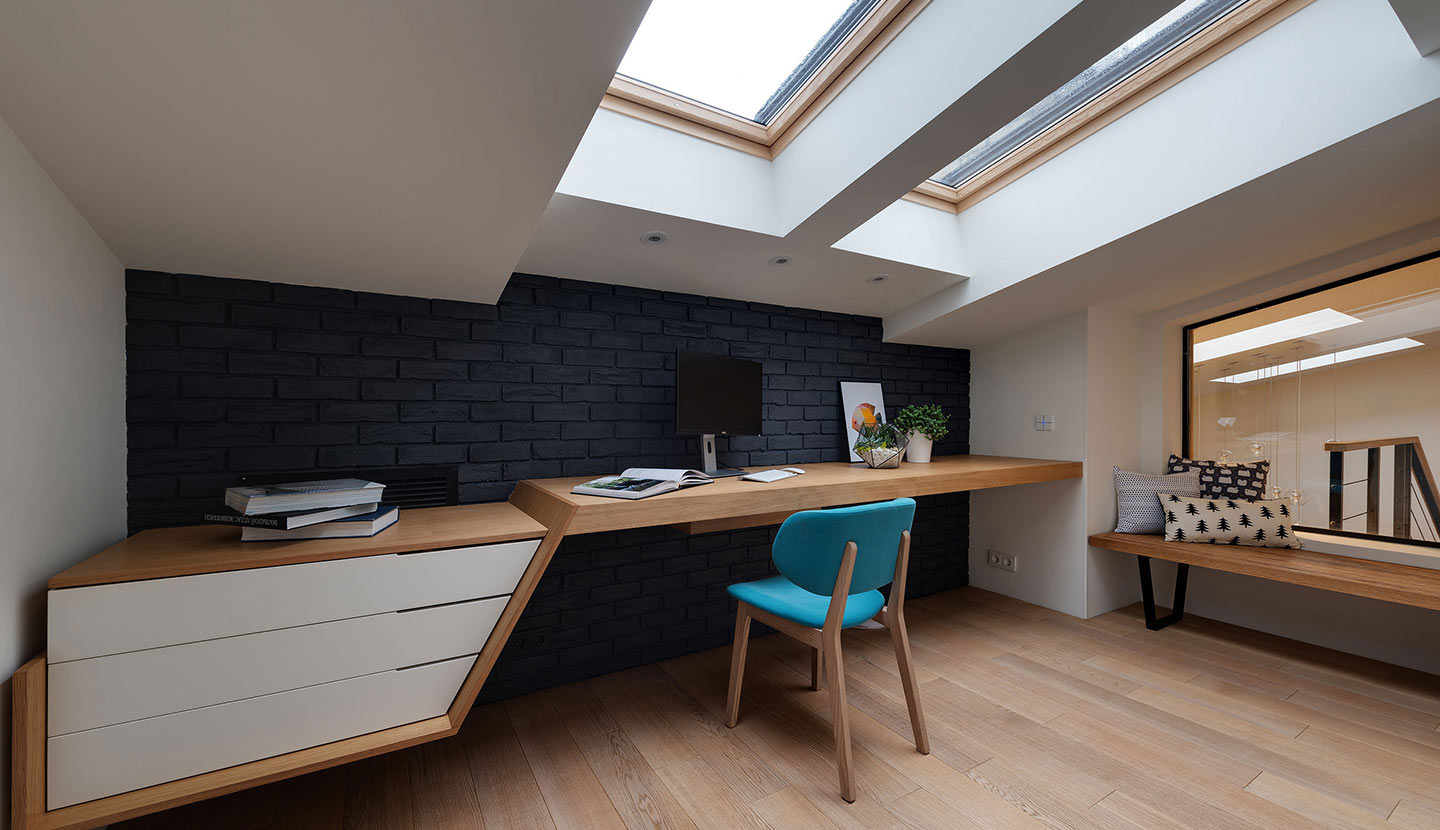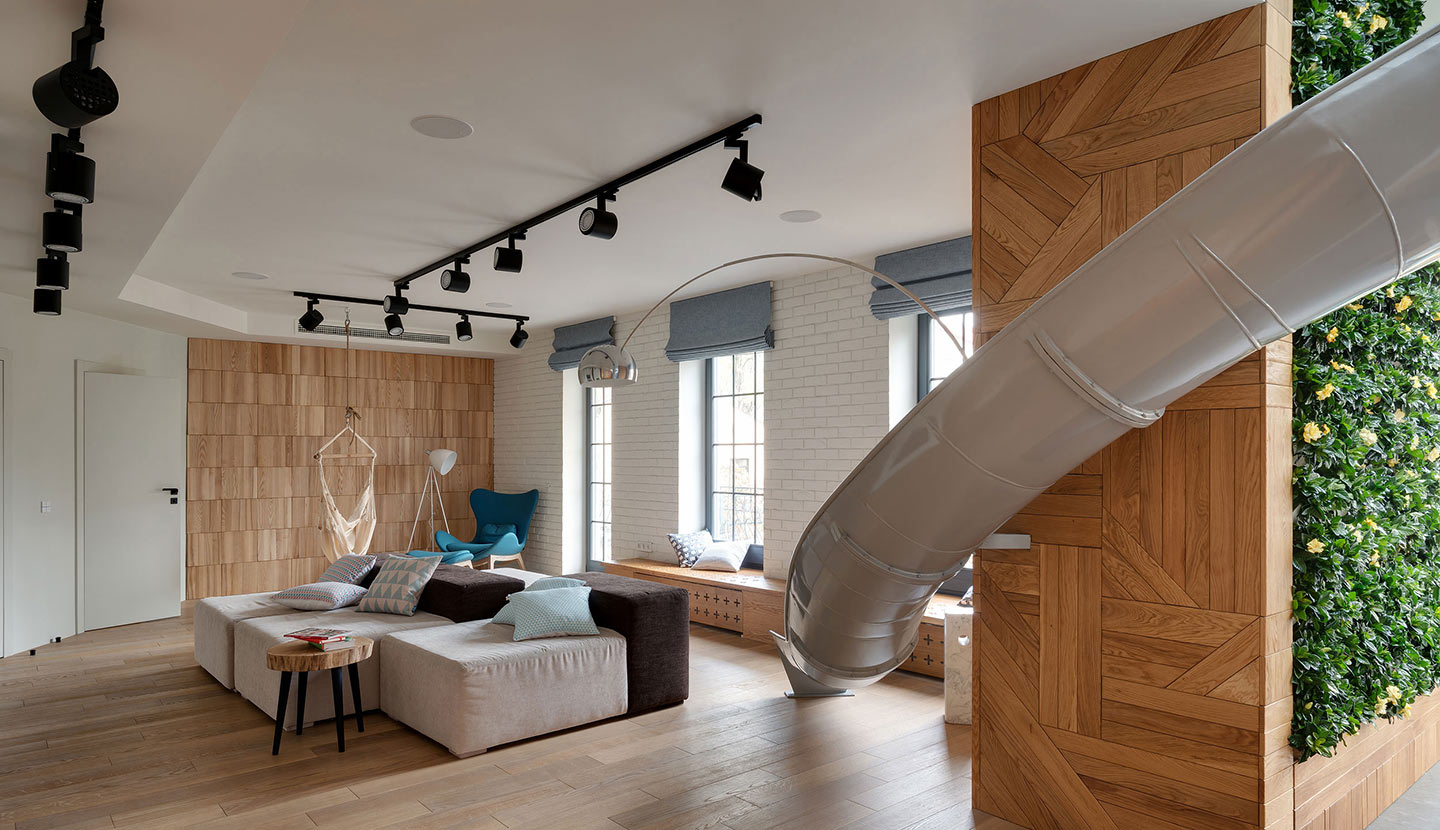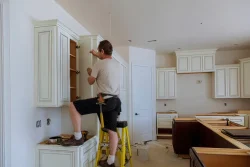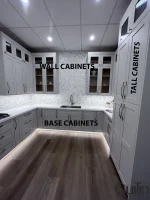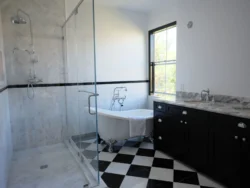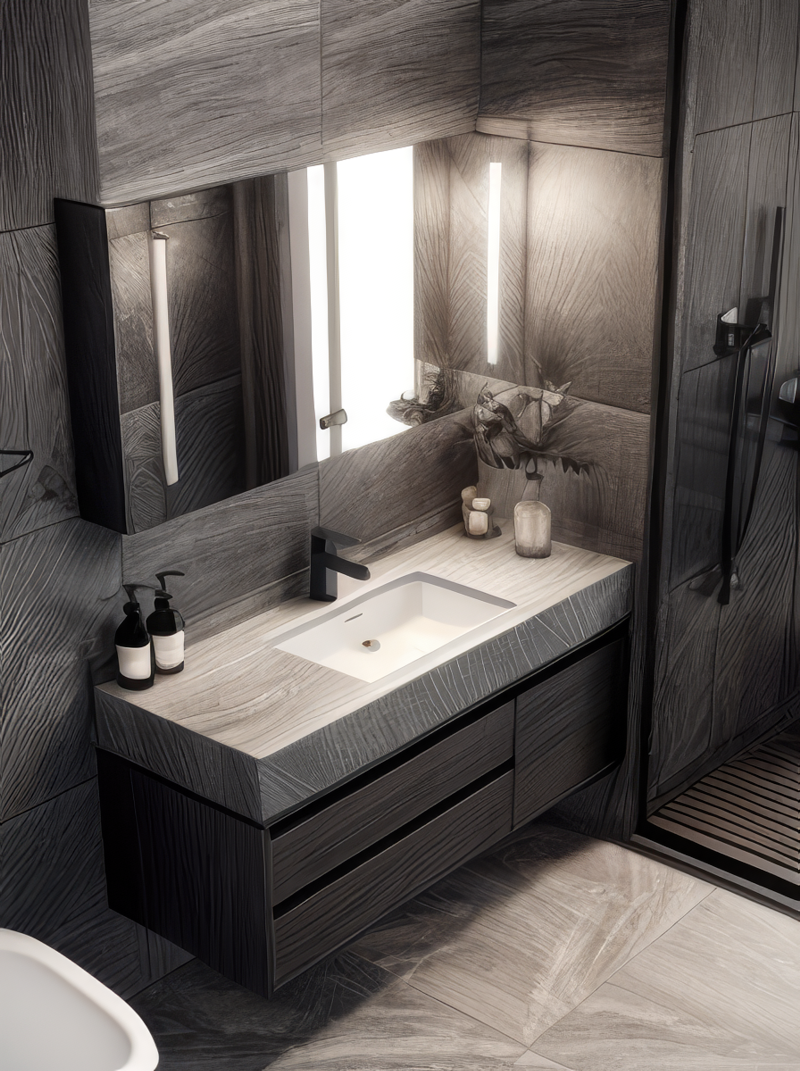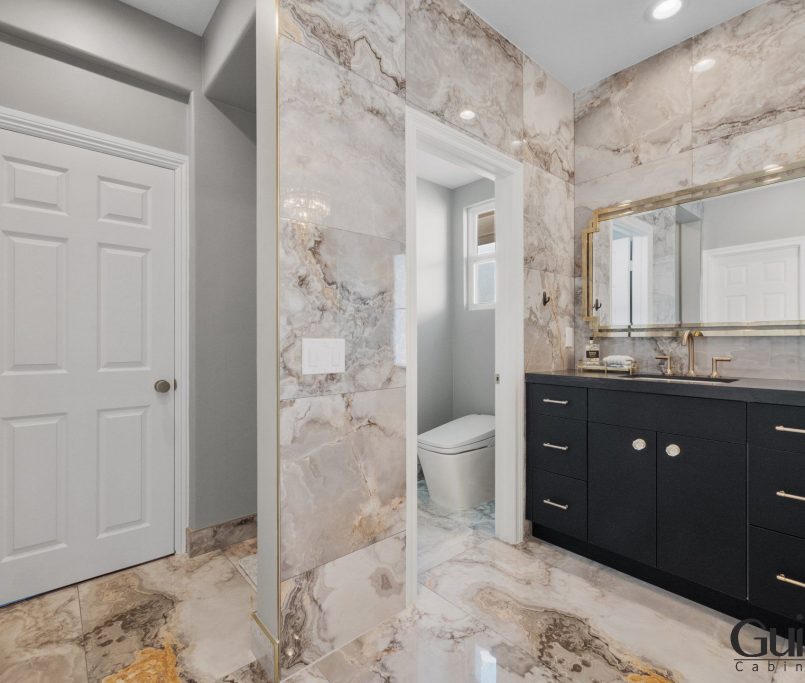Using high-quality materials is essential when working with cabinets. Particle Board, Medium-density fiberboard (MDF), and high-density fiberboard (HDF) are Three lightweight cabinet materials that have become popular because of their adaptability, durability, and lightweight. Particle Board, MDF, and HDF are the ideal lightweight cabinet materials for these and many other reasons. Let’s go into the specifics so you can make a well-informed decision on the cabinetry for your home.
What Is Lightweight Cabinet Material: Particle Board, MDF and HDF?
In the cabinet business, engineered wood materials like Particle Board, MDF, and HDF have been a game-changer. The combination of wood fibers, resin, and wax results in a lightweight, durable, and reasonably priced option for cabinets. Because of their durability and lack of dimensional change, they are frequently used in cabinetry.
=> Read More: HDF Kitchen Cabinets: Pros, Cons and Expert Recommendations
Key Features of Particle Board, MDF, and HDF
- Versatility: Lightweight Cabinet Material: Particle Board, MDF, and HDF can be molded into various shapes and designs, making them ideal for both traditional and modern cabinet styles.
- Smooth Finish: These materials offer a smooth surface that’s perfect for painting, veneering, or laminating to achieve your desired look.
- Durability: Particle Board, MDF, and HDF are known for their exceptional strength and resistance to warping or cracking, ensuring your cabinets last for years.
- Affordability: Compared to solid wood, Particle Board, MDF, and HDF are budget-friendly without compromising on quality.
- Environmental Friendliness: They are made from recycled wood fibers, reducing the demand for virgin timber.
=> Read more: 10 Common Cabinet Materials: How To Choose Right!
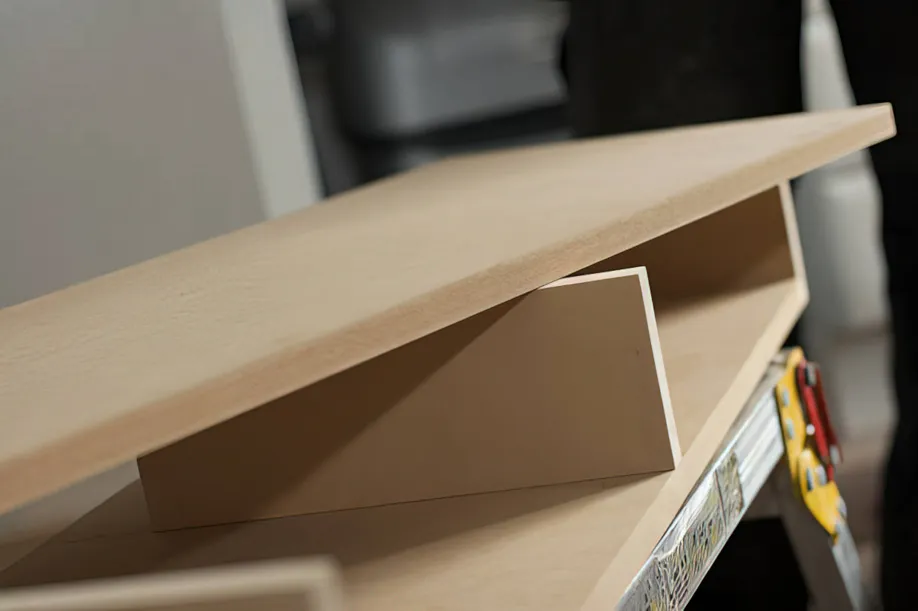
Lightweight Cabinet Material: Particle Board MDF and HDF – A Closer Look
Particle Board, MDF, and HDF are often used interchangeably, but they have some differences worth noting.
Particle Board
Particle board, often known as chipboard, is a lightweight alternative to heavier materials like MDF, HDF plywood, or solid wood. Wood chips, sawdust, and other wood byproducts are compressed and held together with sticky glue to create this material. Although it is more substantial than plywood, it lacks the density and heft of solid wood.
=> Read more: Particleboard Cabinets: Pros and Cons to Consider
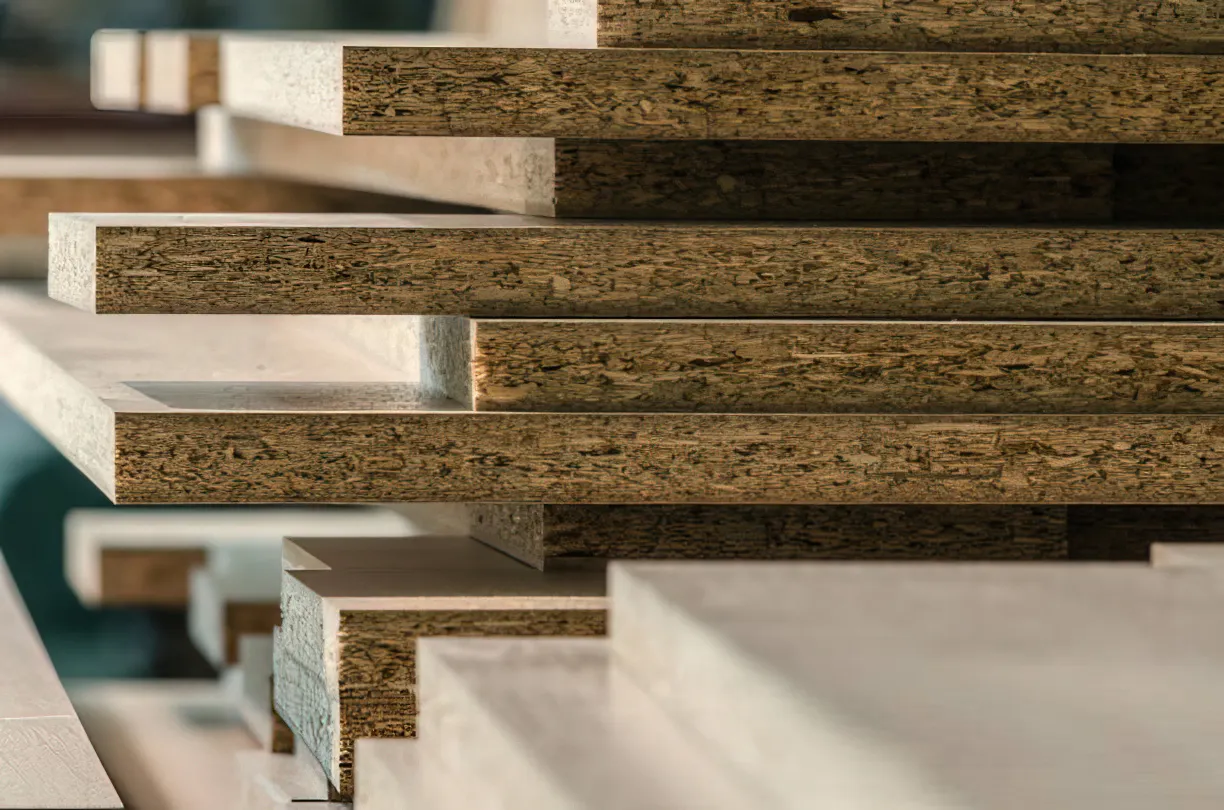
MDF (Medium Density Fiberboard)
MDF is crafted by compressing wood fibers with resin and has a typical density of 600–800 kg/m3. It’s an excellent choice for cabinet doors, panels, and shelving. They are perfect when you require a smooth surface and excellent paintability. It’s a top choice for cabinet fronts where a flawless finish is essential.
=> Read more: Medium-Density Fiberboard (MDF) For Cabinets Benefits
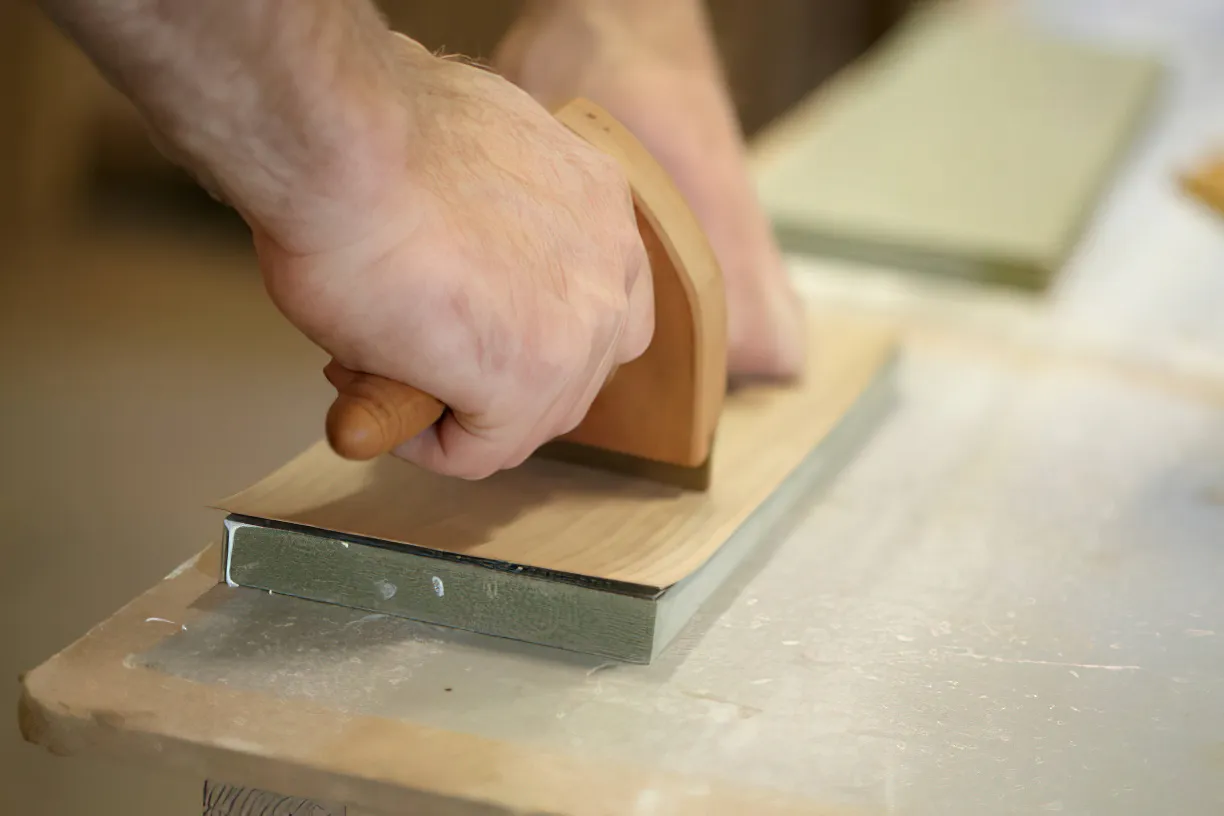
HDF (High-Density Fiberboard)
However, HDF is denser and stronger than MDF, and has a typical density of (600–1,450 kg/m3), making it suitable for more demanding applications, such as cabinet carcasses. They shine in areas where strength and durability are paramount. Use it for cabinet frames and structural components to ensure longevity.
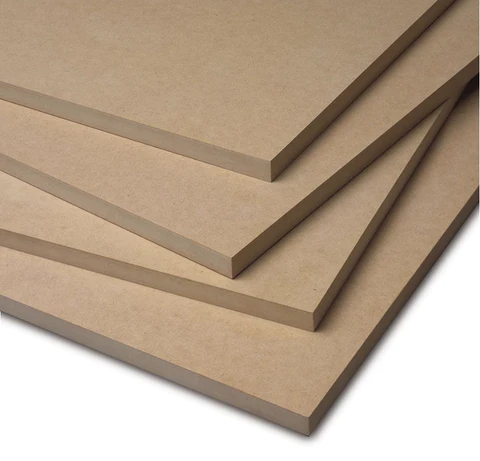
FAQs About Lightweight Cabinet Material: Particle Board, MDF, vs HDF
What are the main differences between Particle Board, MDF, and HDF?
Particle Board is made from wood chips and sawdust bonded with glue, making it lightweight but less dense than MDF and HDF. MDF (Medium-Density Fiberboard) is created by compressing fine wood fibers with resin, resulting in a smooth surface ideal for painting. HDF (High-Density Fiberboard) is denser and stronger than MDF, offering increased durability, making it suitable for structural cabinet components.
Which material among Particle Board, MDF, and HDF is best for cabinet doors?
MDF is often preferred for cabinet doors because of its smooth surface that allows for an excellent paint finish, providing a sleek and uniform appearance compared to Particle Board or HDF.
Is Particle Board suitable for use in areas with high moisture?
Particle Board is generally not recommended for high-moisture environments since it can absorb water, causing swelling and deterioration. MDF and HDF offer better resistance but still should be protected with suitable coatings or finishes.
How does the density of these materials influence their use in cabinetry?
Density affects strength and durability. Particle Board, being the least dense, is often used for parts that don’t require high structural strength. MDF’s medium density provides a balance of strength and finish quality, ideal for cabinet fronts. HDF’s high density offers superior strength, making it suitable for cabinet frames and structural parts.



